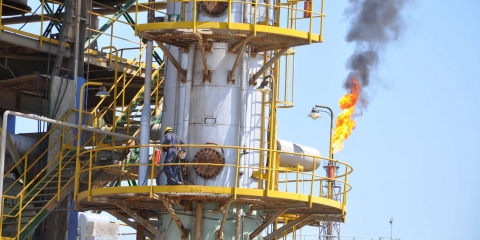Counting the Dead in Mosul
Eighteen months ago, Iraqi forces backed by heavy coalition firepower descended on Mosul, Iraq’s second city and the largest ever controlled by the Islamic State. It took them nine months—well beyond initial estimates—to dislodge the terror group. During that time, strategies changed. Under the Obama administration, more commanders with the U.S.-led coalition were given latitude […]Samuel Oakford writes for The Atlantic:
Eighteen months ago, Iraqi forces backed by heavy coalition firepower descended on Mosul, Iraq’s second city and the largest ever controlled by the Islamic State. It took them nine months—well beyond initial estimates—to dislodge the terror group. During that time, strategies changed. Under the Obama administration, more commanders with the U.S.-led coalition were given latitude to call in strikes. When Donald Trump took office, he grew that trend, and embraced so-called “annihilation” tactics. In parallel, Iraqi security forces suffered heavy casualties early in the fight among their elite units, and later operated with fewer restraints. By the time the city was captured in July of last year, it was littered with some eight million tons of rubble—three times the mass of the Great Pyramid of Giza, the UN noted.
The urban fighting in Mosul that began on October 16, 2016 was described by U.S. officials as the most intense since World War II. Backing Iraqi forces on the ground, the U.S.-led coalition, which included a dozen partner countries, carried out more than 1,250 strikes in the city, hitting thousands of targets with over 29,000 munitions, according to official figures provided to us. But in the nine months since the reclamation of Mosul, those involved in the operation have conspicuously neglected to assess how many civilians were killed. There remains no official count of the dead in Mosul.





